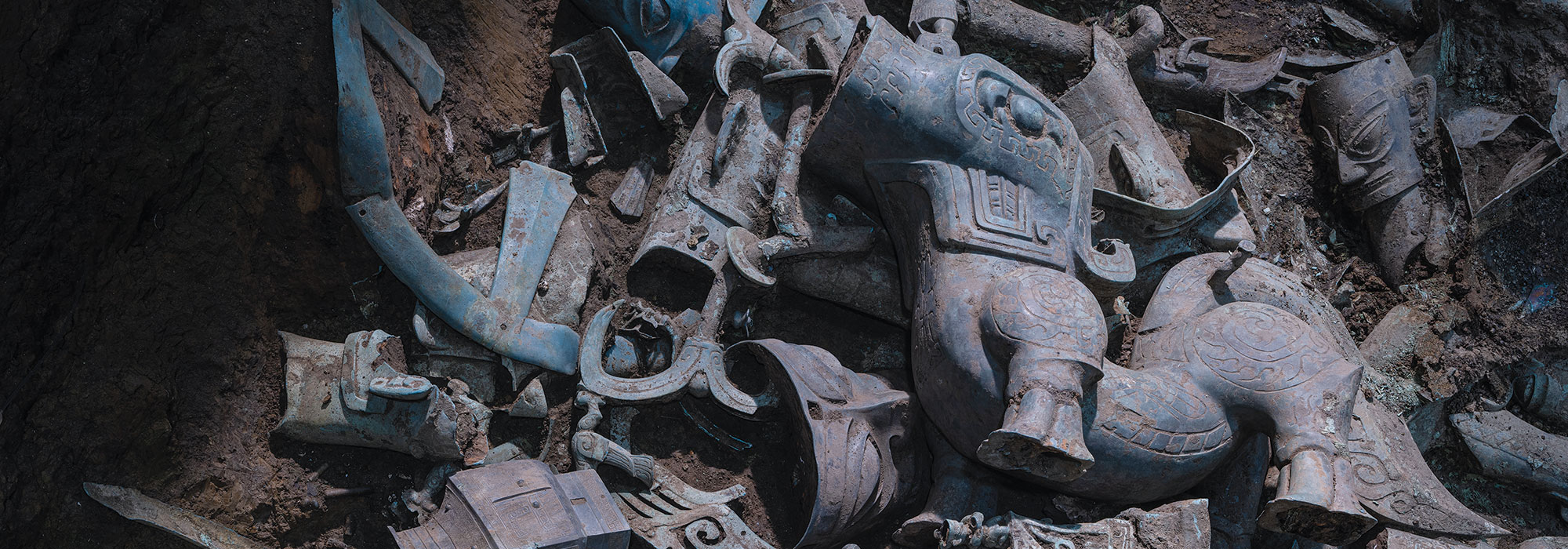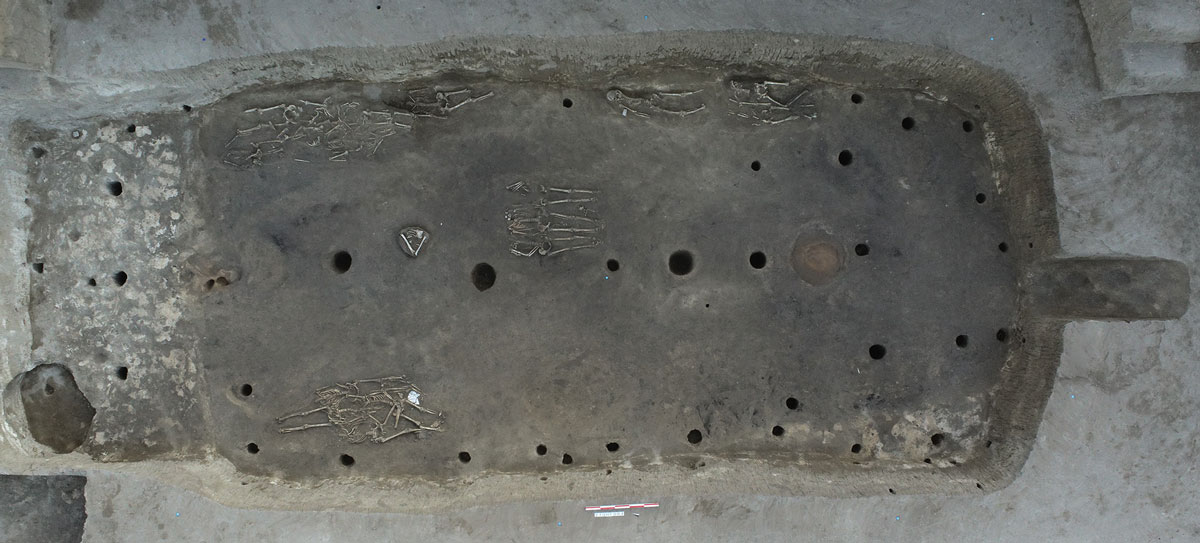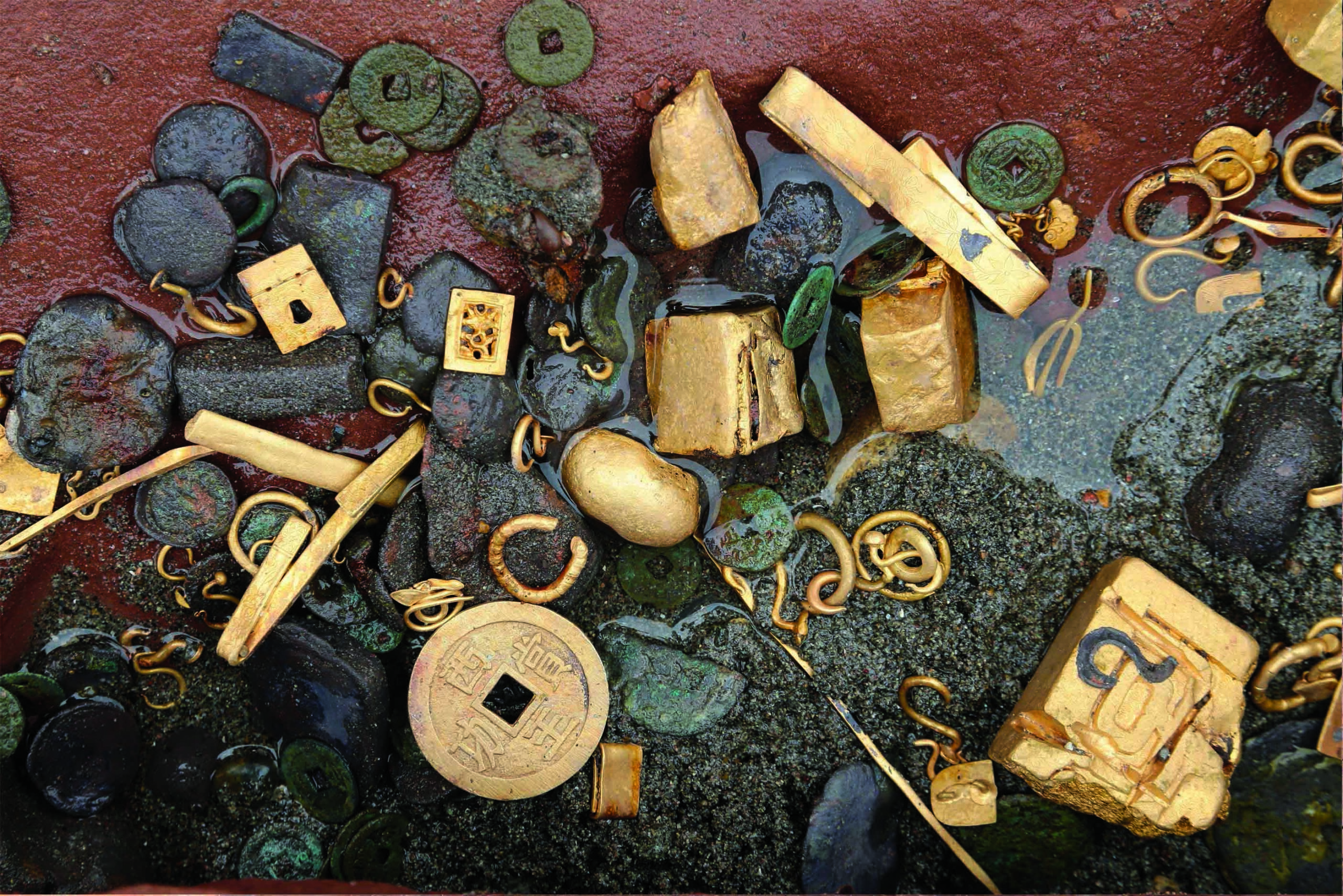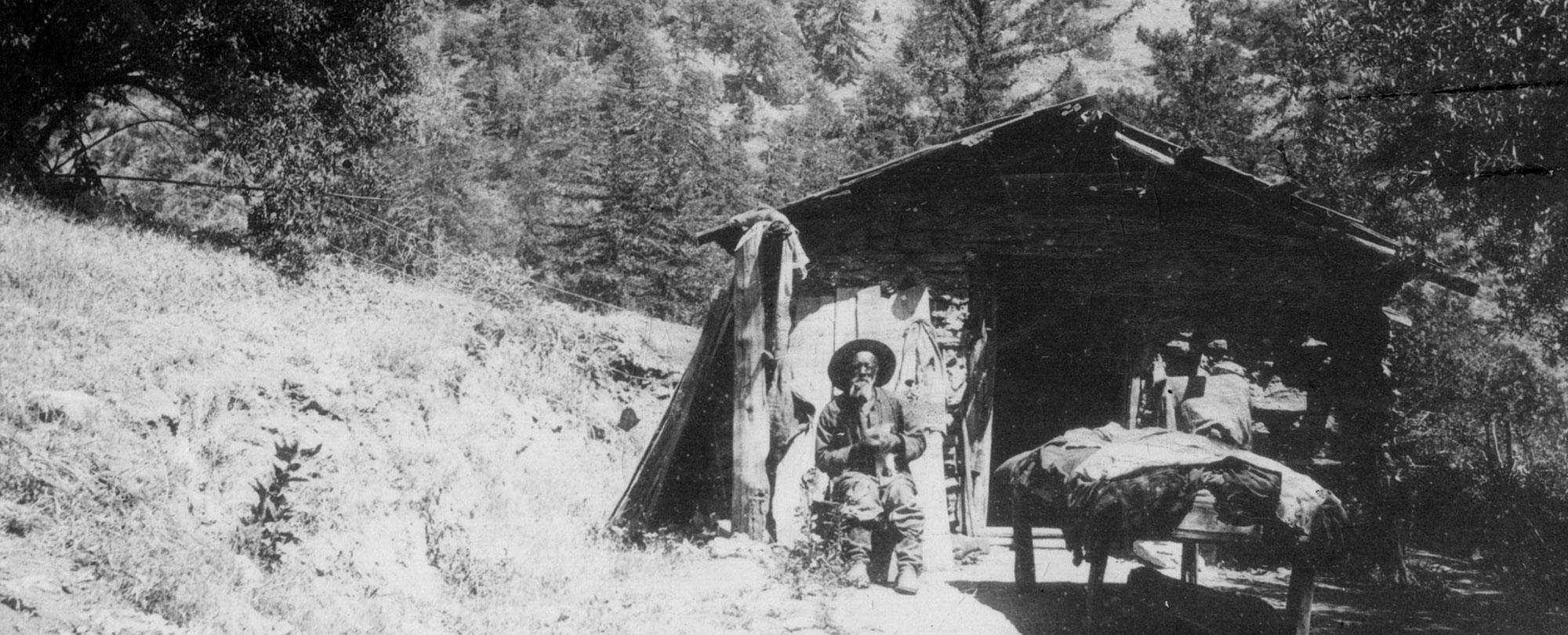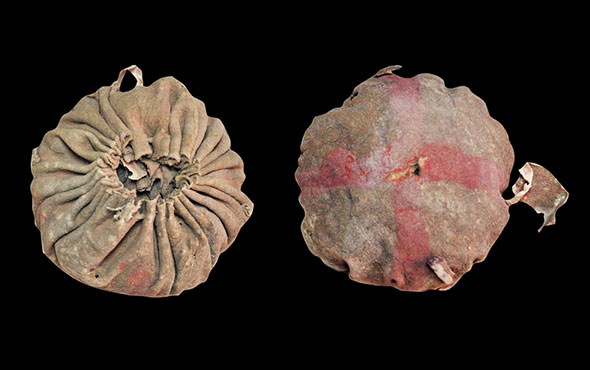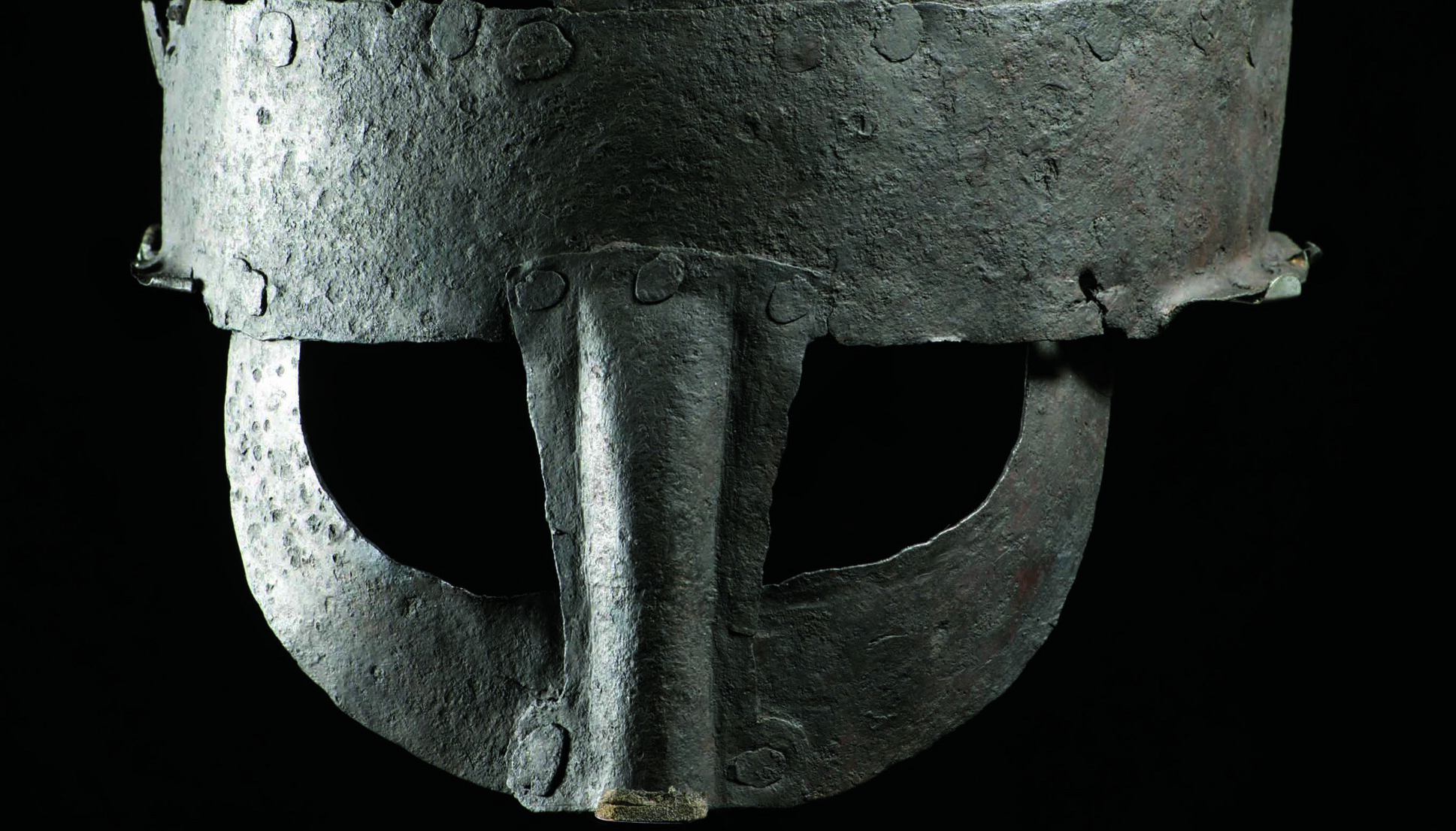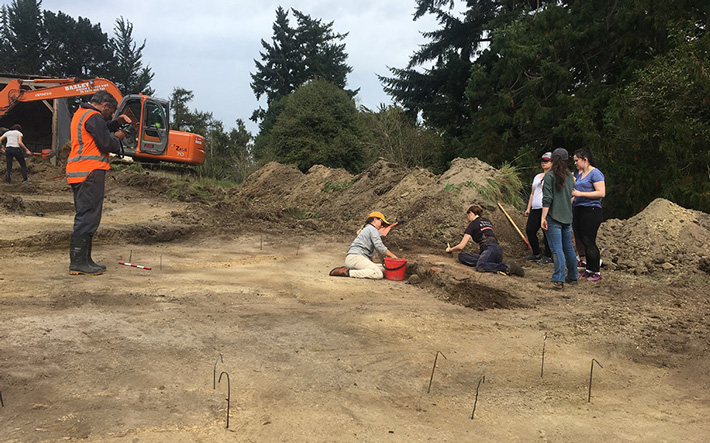
DUNEDIN, NEW ZEALAND—According to a statement released by the University of Otago, analysis of nineteenth-century skeletal remains found in unmarked graves on the South Island suggest that the population was more diverse than previously thought. The South Island was the site of the colonial settlement of Milton, which was believed to have had a strong British identity, and area gold fields, believed to have been worked by people who emigrated from Guangzhou, China. Charlotte King of the University of Otago and her colleagues analyzed the chemical signatures in the people’s teeth, and their mitochondrial DNA, which is inherited along the maternal line. The study indicates that colonists buried in the European cemetery came from all over the United Kingdom and Europe, and not just Britain. One person may have even come from a warm, Mediterranean climate, she added. In the Chinese cemetery, one person had mitochondrial DNA usually found in Southeast Asian islands, and another person buried with Chinese artifacts had mitochondrial DNA usually associated with Europeans, King explained. To read about nineteenth- and twentieth-century artifacts unearthed in downtown Invercargill, go to "Around the World: New Zealand."


